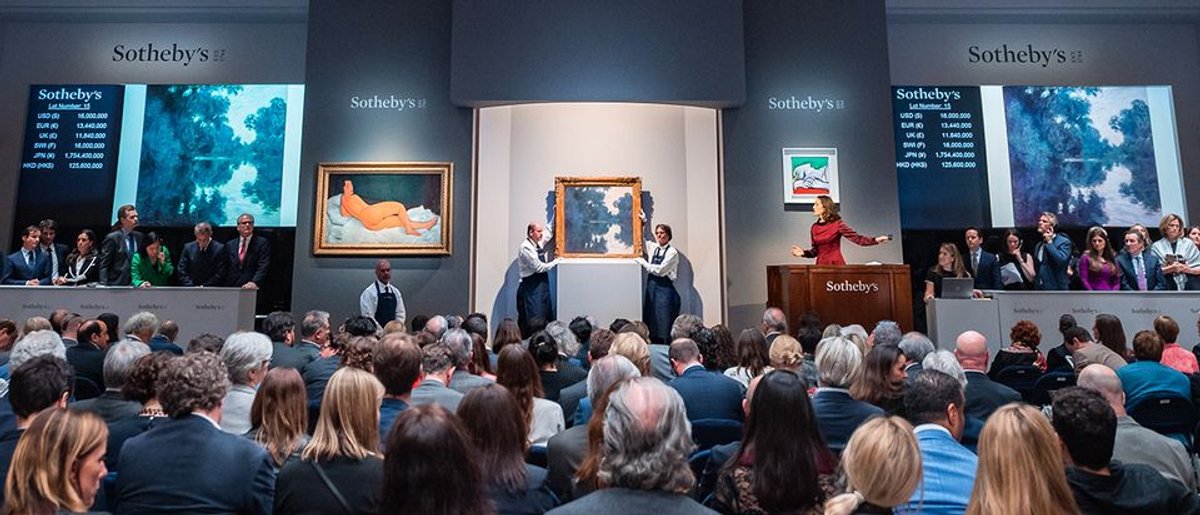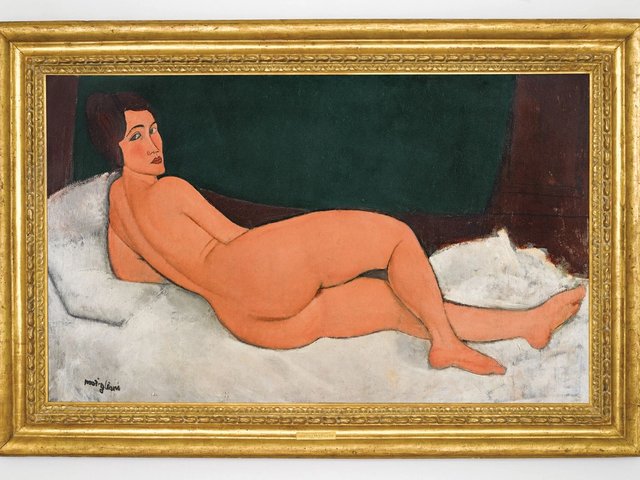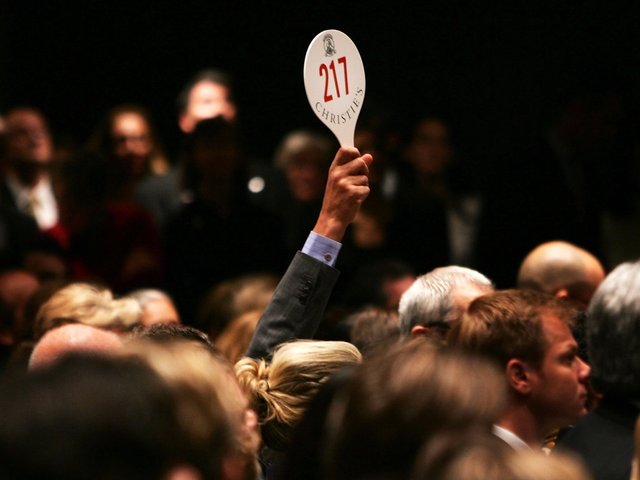With more people than ever clamouring to be third-party guarantors, auction houses increasingly simply structure the guarantee transaction and then sell off the risk to dealers, art advisors, or collectors, hailing from the hedge fund, private equity, and real estate industries. In May, for example, about 50% of sale proceeds in the major New York post-war and contemporary evening auctions were from guaranteed lots. But, most striking, 95% of these proceeds were associated with third-party guarantees, up from around 40% four years earlier.
Those new to the market can easily make rookie mistakes in the face of savvy competition. Here are some of the most common pitfalls:
Believing the guarantee price negotiated by the auction house is ‘in the money’
The guarantee price walks a knifes edge between the lowest amount the auction house needs to provide to secure the consignment and the price at which their specialists are confident the work will sell. The larger the spread between these numbers, the more valuable the guarantee. Deals with large spreads are typically retained by auction houses. But to win consignments, specialists sometimes talk themselves into ever higher sale prices to justify higher guarantee amounts. When these deals are sold off, the third-party may be absorbing more risk than they fully understand.
Overlooking the need to be ‘cheap capital’ to secure a position in a deal
Auction houses like doing business with seasoned guarantors who can move quickly to get a deal done with reasonable commercial terms. To be a viable alternative, a new guarantor may need to accept a lower financing fee and/or upside split to get access to deal flow—terms that seasoned guarantors would be unwilling to take.
Guaranteeing works they don’t want to own
With so much capital chasing guarantee deals, new third-party guarantors now face higher odds of owning the object than would likely be the case for more seasoned market participants. Because of this, it is best for new guarantors to consider only objects they want to own, along with negotiating as large a financing fee as possible (effectively, a discount).
- Doug Woodham is the managing partner of Art Fiduciary Advisors, the former president of Christie’s for the Americas, and the author of Art Collecting Today: Market Insights for Everyone Passionate About Art.





